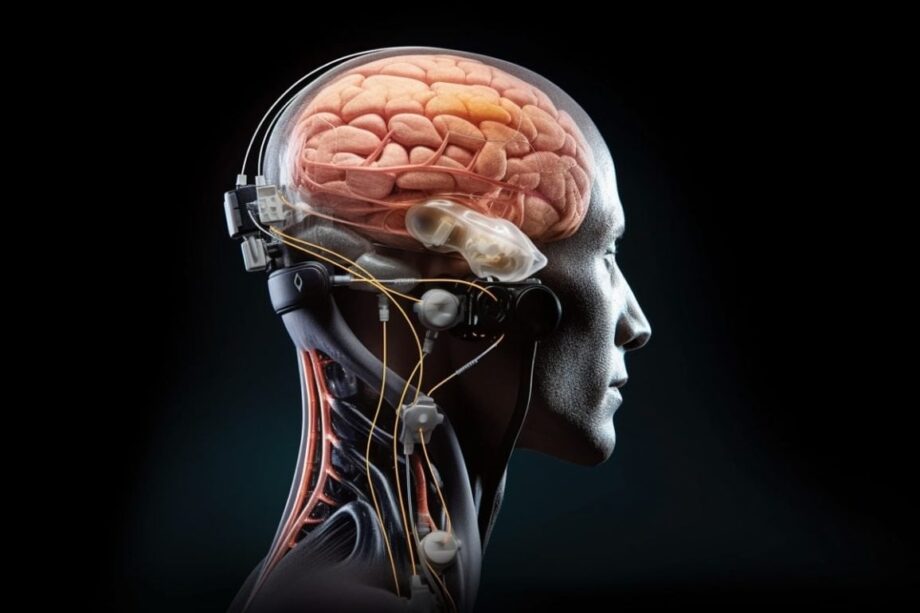In a pioneering study, researchers designed a wireless brain-spine interface enabling a paralyzed man to walk naturally again. The ‘digital bridge’ comprises two electronic implants — one on the brain and another on the spinal cord — that decode brain signals and stimulate the spinal cord to activate leg muscles.
In a groundbreaking collaboration, neuroscientists and neurosurgeons from EPFL/CHUV/UNIL and CEA/CHUGA/UGA enabled a paralyzed person to walk again naturally. They achieved this by creating a wireless digital bridge between the brain and spinal cord, as published in Nature.
Led by Professor Grégoire Courtine, the team developed a wireless brain-computer interface (BCI) that translated thoughts into action. Gert-Jan, paralyzed due to a spinal cord injury, regained control over his legs with the digital bridge, allowing him to stand, walk, and climb stairs effortlessly.
The digital bridge utilized two electronic implants—one on the brain and another on the spinal cord. WIMAGINE® devices, placed above the brain region responsible for leg movements, decoded electrical signals associated with walking. A neurostimulator connected to an electrode array stimulated the spinal cord for desired movements.
Guided by Guillaume Charvet, the team used adaptive artificial intelligence algorithms to decode movement intentions from brain recordings in real time. These intentions were then transformed into electrical stimulation for the spinal cord, activating leg muscles. The digital bridge operated wirelessly, granting Gert-Jan newfound independence.
Gert-Jan’s rehabilitation journey with the digital bridge yielded remarkable results, restoring sensory perceptions and motor skills even when inactive. New nerve connections formed, indicating successful digital repair of the spinal cord.
While tested on one individual, the team envisions future applications for restoring arm and hand functions, as well as in other paralysis cases like stroke. ONWARD Medical, with support from the European Commission’s European Innovation Council (EIC), aims to develop a commercial version.

